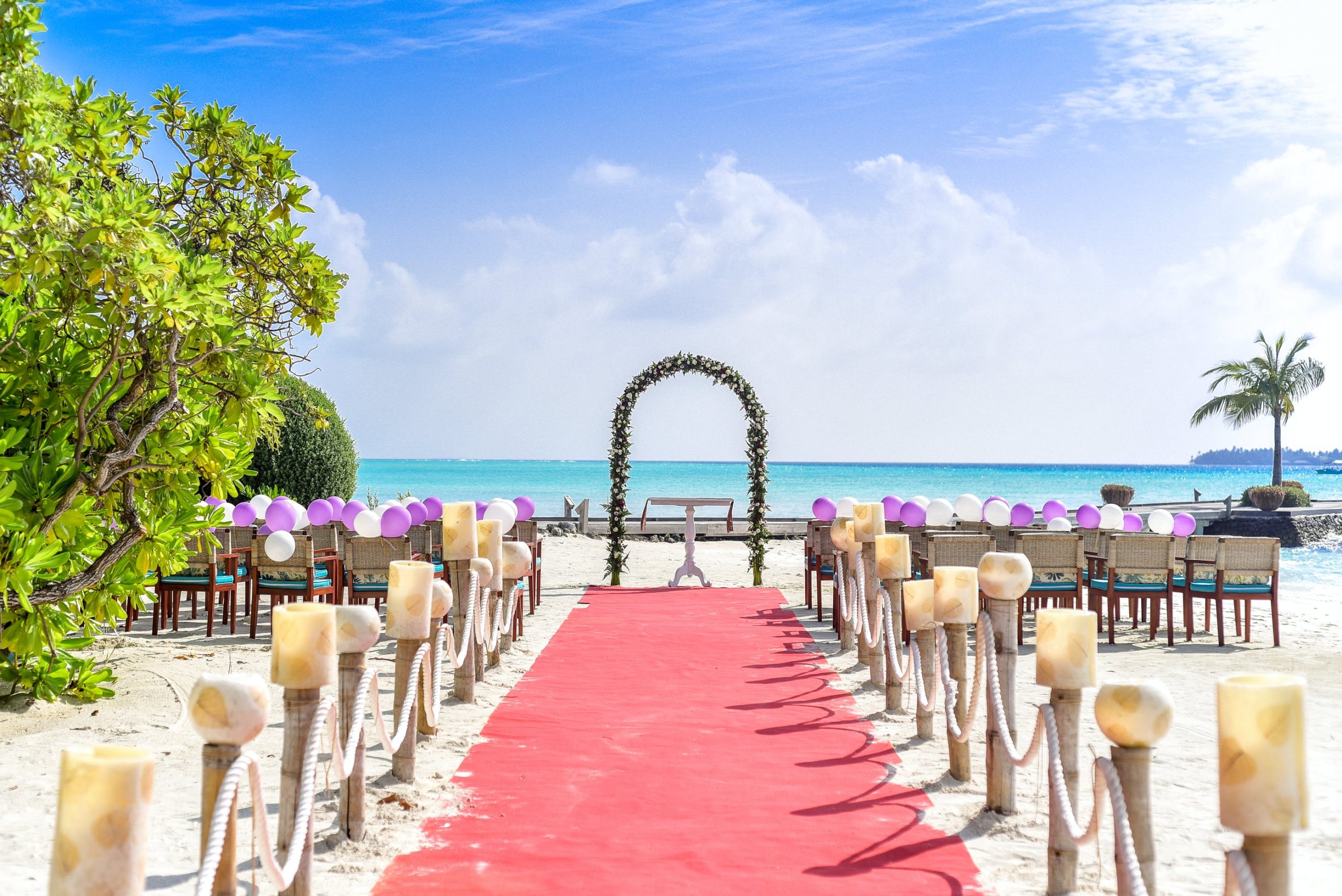Lakshadweep, one of India’s hidden gems, consists of 36 islands, offering a serene and secluded destination for travelers seeking an offbeat holiday experience. The Union Territory, established in 1956, is home to only 10 inhabited islands, with popular destinations including Minicoy Island, Kalpeni Islands, Kadmat Islands, Bangaram Island, and Thinnakara Island. To reach this pristine destination, travelers can only access Lakshadweep through flights or ships from Kochi, Kerala. However, entry to Lakshadweep is restricted and requires a permit issued by the Lakshadweep Administration based in Kochi, along with a clearance certificate from the local police station. Upon reaching the islands, travelers are required to present their entry permit to the station house officer.
Understanding Lakshadweep’s Geography and Significance
Lakshadweep is a union territory of India and is composed of some three dozen islands scattered over approximately 30,000 square miles of the Arabian Sea off the southwestern coast of India. The name “Lakshadweep” means “Hundred Thousand Islands” in the Malayalam language and also in Sanskrit. Despite this name, the territory comprises only a few inhabited islands, with Minicoy and the islands in the Amindivi group being the most notable.
The Union Territory Explained
The administrative center of Lakshadweep is Kavaratti, and the area covers 12 square miles with a population of 64,429 as of 2011. The islands are small, with none exceeding 1 mile in breadth, and almost all the inhabited islands are coral atolls. The higher eastern sides of the islands are most suitable for human habitation, while the low-lying lagoons on the western sides protect the inhabitants from the southwest monsoon. The soils of Lakshadweep are generally sandy, derived from the coral.
 Photo by rizknas
Photo by rizknas
Inhabited Islands Worth Knowing
Ten of the islands in Lakshadweep are inhabited, with notable plant and animal life. Aside from an abundance of coconut palms, common trees include banyans, casuarinas, pandani (screw pines), breadfruits, tamarinds, and tropical almonds. The marine fauna includes sharks, bonitos, tunas, snappers, flying fish, manta rays, octopuses, crabs, turtles, and assorted gastropods. The islands also are home to an array of water birds, such as herons.
Planning Your Journey to Lakshadweep
Visiting the captivating archipelago of Lakshadweep involves some essential pre-travel arrangements and considerations. From obtaining the necessary travel documents to selecting the mode of transport, here’s a guide to help you plan your journey seamlessly.
Essential Travel Documents and Permits
Before embarking on your Lakshadweep adventure, ensure you have the requisite travel documents in place. This includes a valid photo ID, passport, and any permits mandated for visiting the islands. Non-Indian travelers may need to obtain a Restricted Area Permit (RAP) to visit certain islands, so it’s crucial to check the latest entry requirements and apply for permits well in advance.
Navigating to Kochi, Your Gateway to Lakshadweep
Kochi serves as the primary gateway to Lakshadweep, and reaching this port city is typically the initial step of the journey. Whether you’re flying in or arriving by train or road, Kochi’s well-connected transportation network makes it easily accessible from various parts of India. Once in Kochi, travelers set off for the mesmerizing islands of Lakshadweep via sea or air.
Choosing Your Mode of Transport
When it comes to traveling from Kochi to Lakshadweep, you have the choice between air and sea transport. While flights offer a quicker option, embarking on a sea voyage presents an opportunity to revel in the scenic beauty of the Arabian Sea and its surrounding vistas. Each mode of transport has its unique appeal, catering to different preferences and priorities.
Opting for Sea Voyage
Embarking on a sea voyage from Kochi to Lakshadweep is an experience marked by tranquility and breathtaking panoramas. The gentle sway of the vessel against the endless expanse of the sea offers a sense of calm and serenity, allowing travelers to immerse themselves in the allure of the journey. The sea voyage introduces a distinctive aspect to the overall travel experience, making it an appealing choice for those seeking a blend of adventure and relaxation.
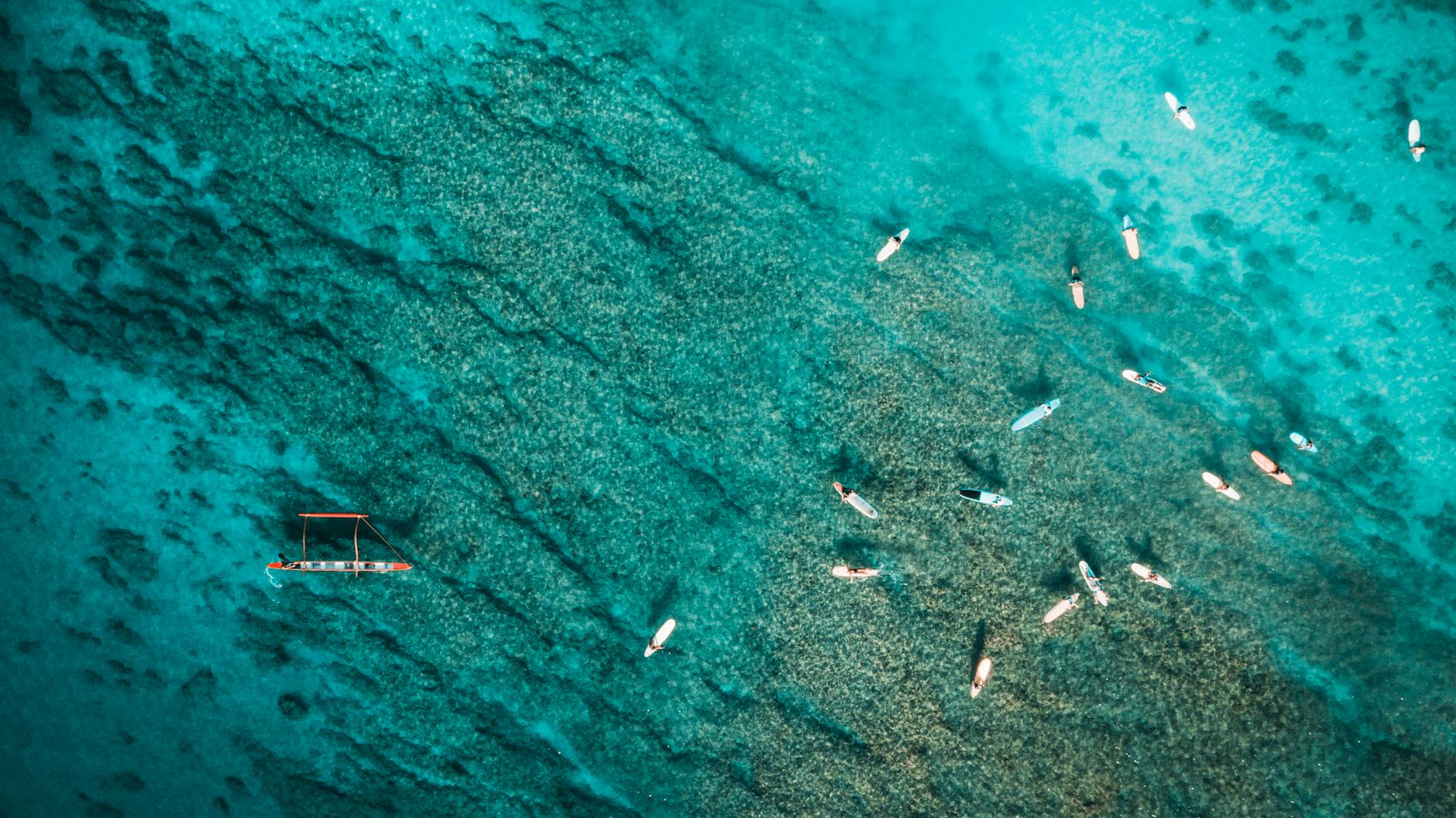 Photo by Daniel Torobekov
Photo by Daniel Torobekov
Exploring the Islands of Lakshadweep
Lakshadweep, meaning “a hundred thousand islands” in Malayalam, is an archipelago consisting of 36 islands and is located off the southwestern coast of India. The islands are known for their pristine beaches, diverse marine life, and coral reefs. Each island offers a unique experience, making it a perfect destination for nature enthusiasts and adventure seekers.
Do Explore these too
- Top 11 Best Dishes in the World
- Rich Dad Poor Dad: 10 Insights for Financial Wisdom
- Goodwill Vase Auction: $3.99 Treasure
- The Top 10 Badminton Rackets to Buy in 2024
Minicoy Island
Minicoy Island, also known as Maliku, is the southernmost inhabited island in Lakshadweep. It is renowned for its crescent-shaped shallow lagoon, white sandy beaches, and crystal-clear turquoise waters. Visitors can engage in activities such as snorkeling, scuba diving, and deep-sea fishing. The island’s rich culture and traditional dance forms are also an attraction for tourists.
Kalpeni Islands
The Kalpeni Islands, consisting of three small islets, offer a breathtaking view of the lagoon with its spectacular coral reefs. The pristine beauty of the uninhabited islets is best explored through kayaking or glass-bottom boat rides, allowing visitors to witness the vibrant marine life. The island also boasts a massive storm bank of coral debris known as “Cheriyam.”
Kadmat Islands
Kadmat, often referred to as Cardamom Island, is a popular destination for water sports enthusiasts. The expansive lagoon surrounding the island is ideal for activities like kayaking, snorkeling, and sailing. Visitors can also witness the traditional way of living of the locals while enjoying the sun-kissed beaches and the clear waters of the Arabian Sea.
Bangaram Island
Bangaram, often described as the jewel of Lakshadweep, is known for its stunning beaches and turquoise lagoons. The island is a paradise for those seeking peace and tranquility. Visitors can indulge in activities such as snorkeling and scuba diving to explore the vibrant coral reefs and diverse marine life.
Thinnakara Island
Thinnakara Island, a tiny teardrop-shaped paradise, offers a perfect blend of sun, sand, and sea. It is an ideal spot for relaxation and beachcombing. The shallow lagoon surrounding the island provides an excellent opportunity for swimming and snorkeling amidst the colorful marine life.
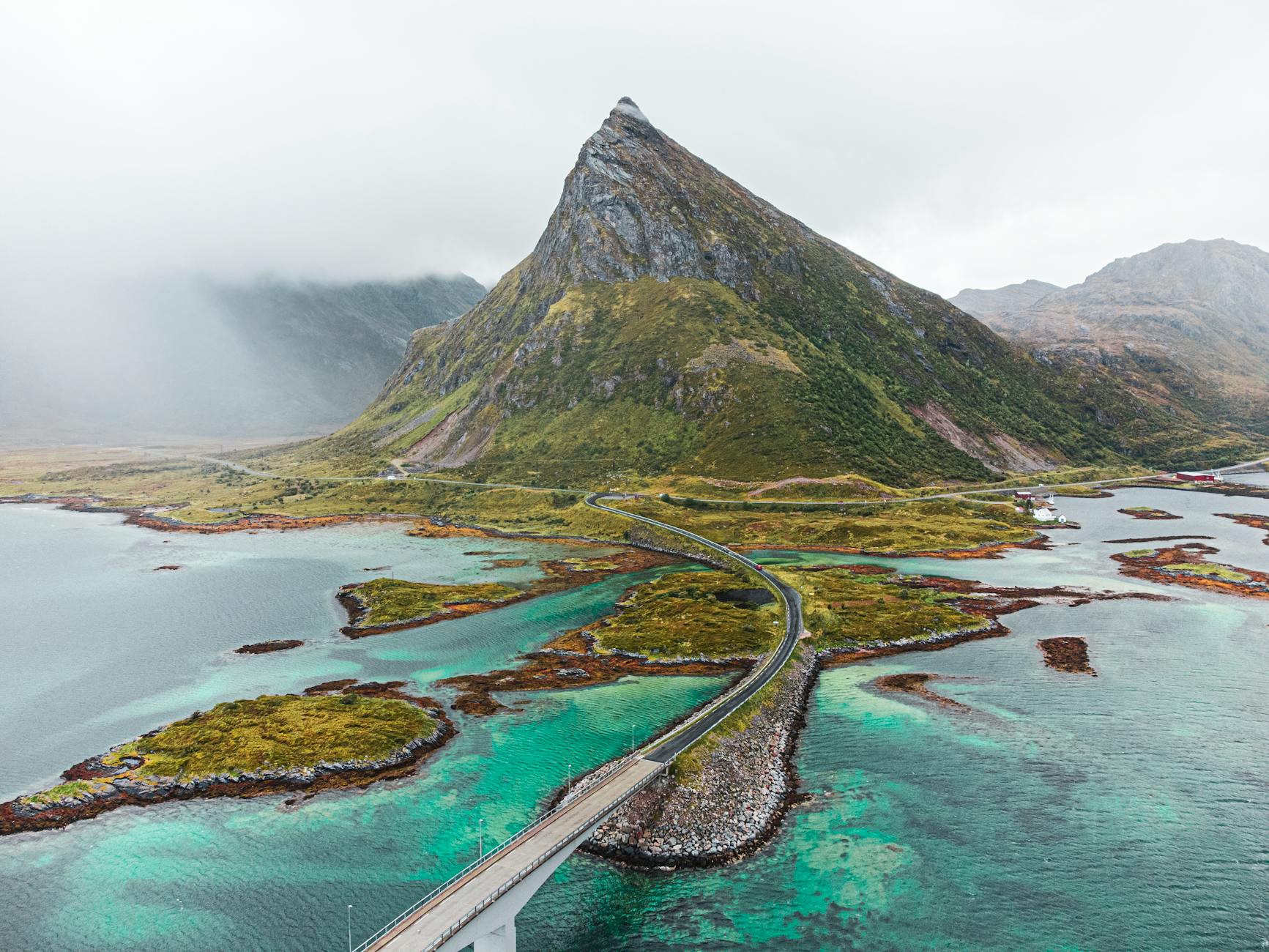 Photo by op23
Photo by op23
Activities to Engage in Lakshadweep
Lakshadweep, a stunning group of islands off the coast of Kerala, offers a plethora of activities to indulge in. From water sports and cultural experiences to beach leisure, there’s something for everyone.
Water Sports and Adventure
Snorkeling at Agatti  Image Credit: ivabalk from Pixabay
Image Credit: ivabalk from Pixabay
Agatti Island, reachable through Kochi, offers a serene location for snorkeling with its calm waters and vibrant underwater life. The shallow shores boast colorful reefs and exotic marine animals, providing an unparalleled snorkeling experience.
Scuba Diving at Kalpeni Island 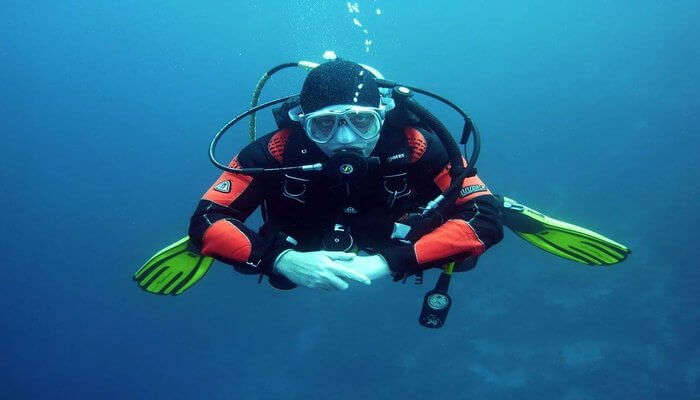 Image Credit: joakant from Pixabay
Image Credit: joakant from Pixabay
Kalpeni Island is renowned for its rich and diverse underwater world, making it a prime destination for scuba diving. With an abundance of exotic corals, fish species, and even turtles, the waters of Kalpeni Island promise an unforgettable diving experience.
Cultural Experiences and Local Cuisine
Experience the local culture and savor the authentic cuisine of Lakshadweep, immersing yourself in the traditions of the islands.
Beach Leisure and Sunbathing
Beach Relaxation at Lakshadweep  Image Credit: Mikhail Nilov from Pexels
Image Credit: Mikhail Nilov from Pexels
Unwind and soak up the sun on the pristine beaches of Lakshadweep, reveling in the tranquil surroundings and crystal-clear waters. Whether it’s a leisurely stroll along the shore or basking in the tropical sunshine, the beaches of Lakshadweep offer a perfect escape.
These activities promise an unforgettable experience, allowing you to immerse yourself in the natural beauty and vibrant culture of Lakshadweep.
Travel Tips for a Hassle-Free Visit
When planning a trip to Lakshadweep, it’s crucial to consider various factors to ensure a smooth and enjoyable experience. From the best time to visit to packing essentials and respecting local customs, here are some essential travel tips to make the most of your visit to this tropical paradise.
Best Time to Visit Lakshadweep
The best time to visit Lakshadweep is from October to mid-May, during the dry season when the weather is pleasant and ideal for exploring the islands. This period offers calm seas, clear skies, and excellent visibility for water activities such as snorkeling and scuba diving. However, it’s important to check the weather forecasts before your trip to ensure a safe and enjoyable experience.
Packing Essentials for the Island Trip
When preparing for your Lakshadweep adventure, packing essentials such as lightweight and breathable clothing, sunscreen, swimwear, snorkeling gear, insect repellent, and a first-aid kit is essential. It’s advisable to pack reef-safe sunscreen to protect the delicate marine ecosystem. Additionally, carrying sufficient cash as ATMs are limited and a reusable water bottle to minimize plastic waste is recommended.
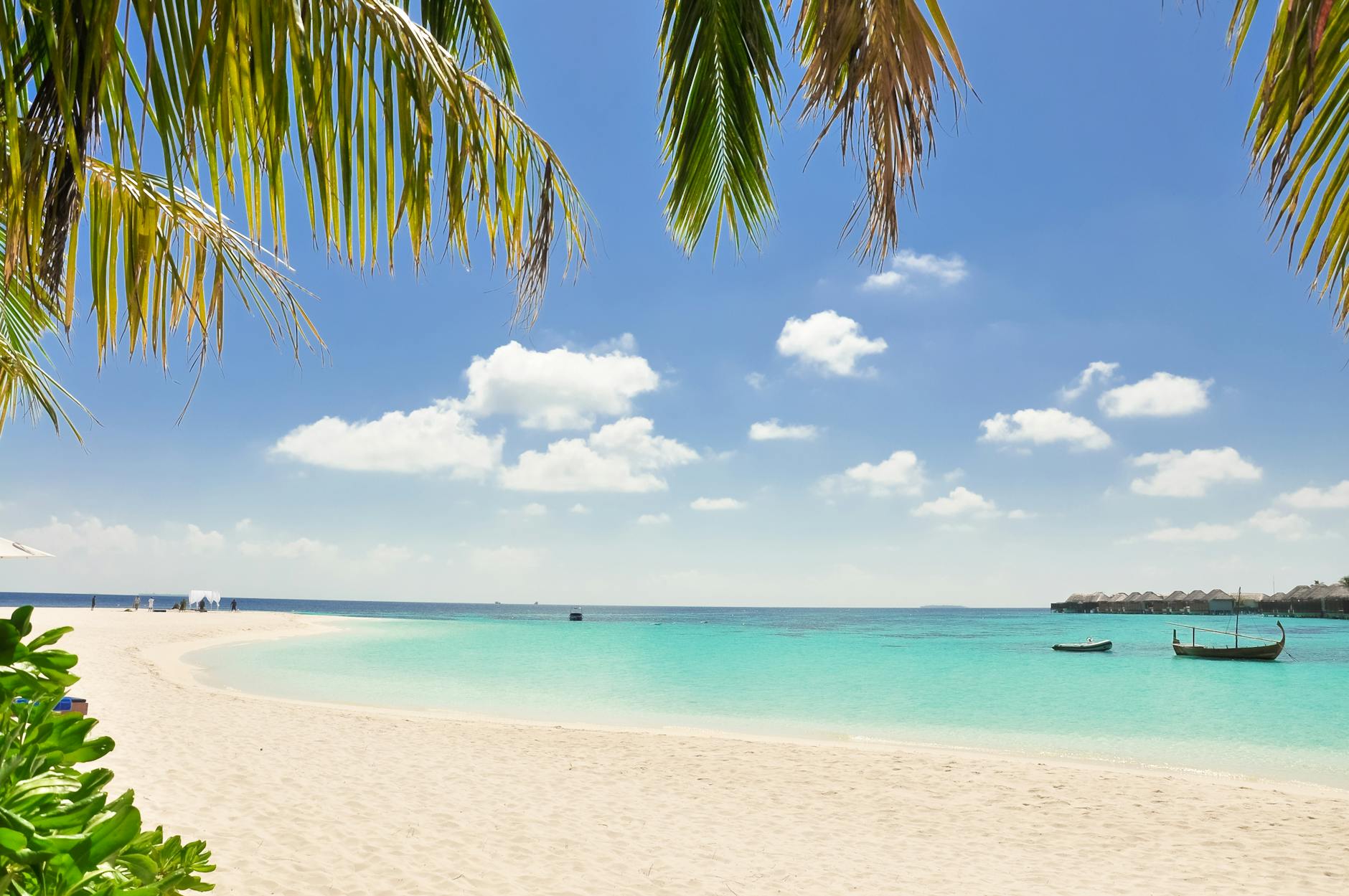 Photo by Asad Photo Maldives
Photo by Asad Photo Maldives
Staying Connected
While visiting the remote islands of Lakshadweep, internet and mobile network coverage may be limited. It’s prudent to inform your loved ones about your travel plans in advance and to check with your service provider regarding network availability on the islands. Embracing the opportunity to disconnect from the digital world can enhance the experience of being immersed in the pristine natural surroundings of Lakshadweep.
Respecting Local Customs and Environment
Lakshadweep has a rich indigenous culture, and it’s essential for visitors to respect local customs and traditions. Dress modestly, seek permission before photographing locals or religious sites, and adhere to designated waste disposal practices to help preserve the islands’ natural beauty. Furthermore, understanding and following marine conservation guidelines, such as avoiding touching or collecting marine life, can contribute to the sustainability of the marine ecosystem in Lakshadweep.
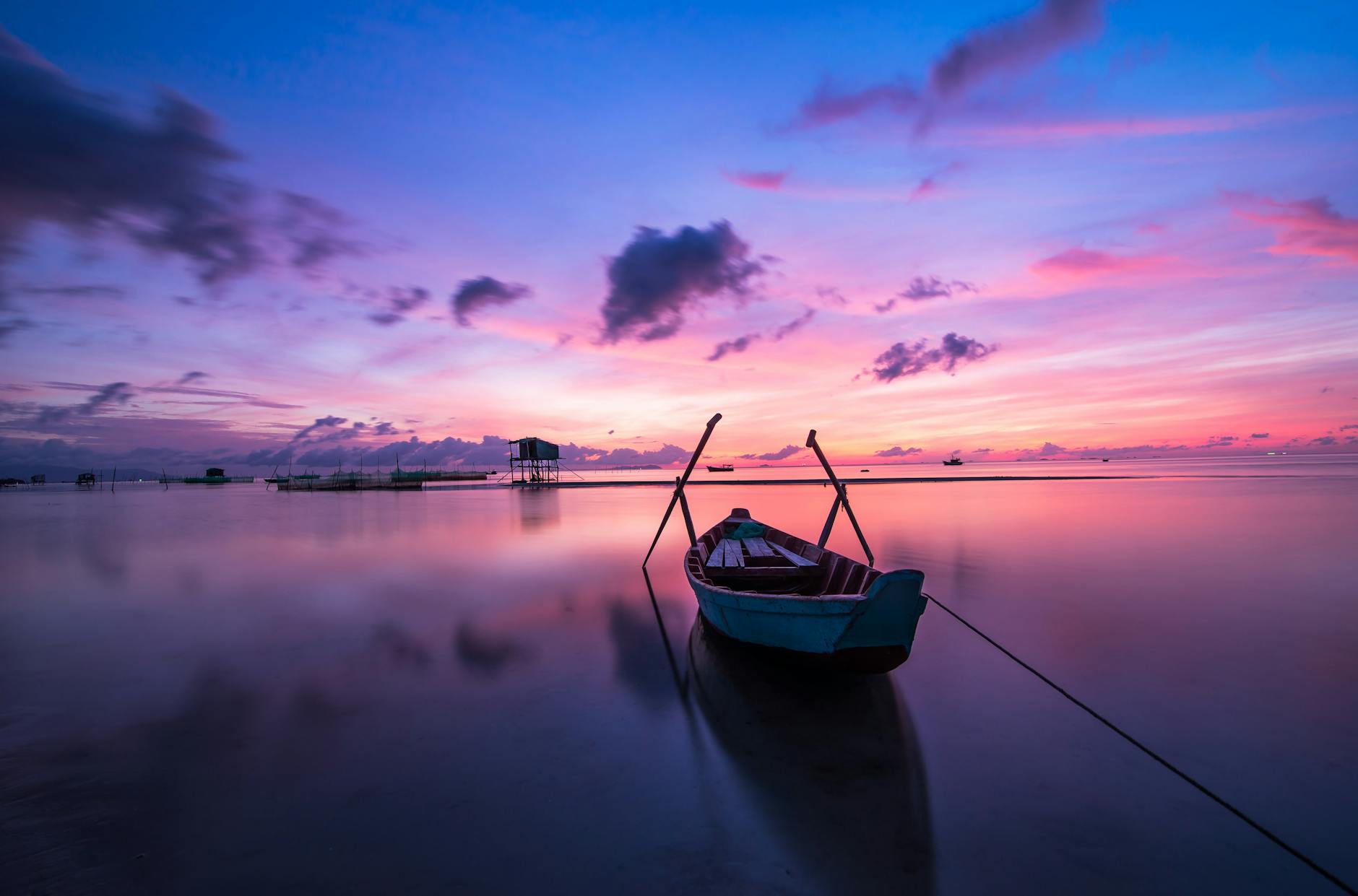 Photo by Pixabay
Photo by Pixabay
Conclusion
In conclusion, reaching Lakshadweep involves traveling via Kochi, Kerala, using either flights or ships. Be aware that entry to the islands is restricted and requires a permit issued by the Lakshadweep Administration. Additionally, it’s important to pack light if traveling by air, as the aircraft capacity is limited. Once in the islands, be sure to explore the various inhabited destinations, such as Minicoy Island, Kalpeni Islands, Kadmat Islands, Bangaram Island, and Thinnakara Island for a serene and memorable experience.
